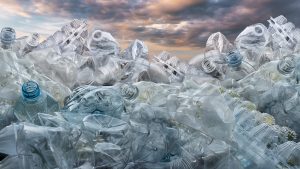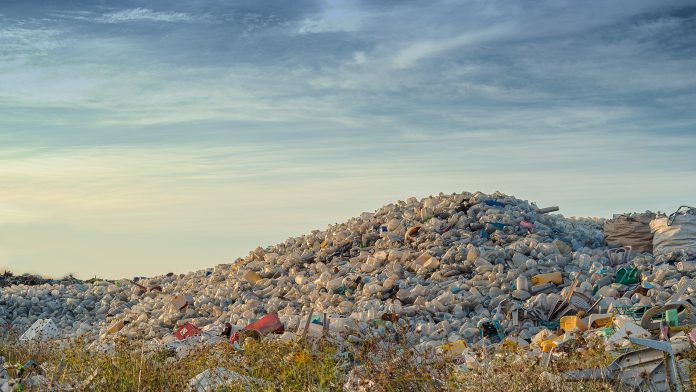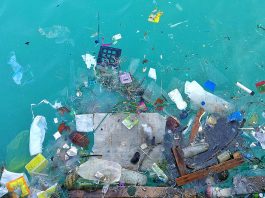Scientists from the University of California, Riverside, have moved one step closer to finding a use for plastic waste.
In a recent study, Kandis Leslie Abdul-Aziz, an assistant professor of chemical and environmental engineering at the University of California, Riverside, has detailed a method to convert plastic waste into a highly porous form of charcoal or char. This has a massive surface area of around 400 square meters per gram of mass.
The charcoal captures carbon and could be added to soil to improve soil water retention and aeration of farmlands. It could also be used as a soil fertiliser as it naturally breaks down, but more work must be done to substantiate the utility of such char in agriculture.
The work, ‘Synergistic and antagonistic effects of the co-pyrolysis of plastics and corn stover to produce char and activated carbon,’ is published in the journal ACS Omega.
The team developed a method to turn plastic waste into char
The method to turn plastic waste into char involves mixing one of two common types of plastic with corn waste — the leftover stalks, leaves, husks, and cobs — collectively known as corn stover. This mix was then cooked with highly compressed hot water, in a process called hydrothermal carbonisation.
The char was produced using different types of plastic waste, such as polystyrene, the plastic used for Styrofoam packaging, and polyethylene terephthalate, the material commonly used to make water bottles and many other products.
The study followed an earlier effort to use corn stover alone to make activated charcoal used to filter pollutants from drinking water. In this study, charcoal made from solely corn stover, activated with potassium hydroxide, could absorb 98% of the pollutant vanillin from test water samples.

In the new study, the team wanted to find out if activated charcoal made from a combination of corn stover and plastic could also be an effective water treatment medium. If this is the case, plastic waste could be repurposed to clean up water pollution. However, the activated charcoal made from the mix only absorbed around 45% of vanillin in test water samples, rendering it ineffective for water clean-ups.
“We theorise that there could be still some residual plastic on the surface of the materials, which is preventing the absorption of some of these (vanillin) molecules on the surface,” Abdul-Aziz said.
The ability to make charcoal from waste is an important discovery
Despite charcoal not being effective in water clean-ups, the ability to make highly porous charcoal by combining plant biomass and plastic waste is an important discovery.
“It could be a very useful biochar because it is a very high surface area material,” Abdul-Aziz said. “So, if we just stop at the char and not make it in that turn into activated carbon, I think there are a lot of useful ways that we can utilise it.”
Plastic is a solid form of petroleum that accumulates in the environment, where it pollutes, entangles, and kills fish, birds, and other animals that inadvertently ingest it. Also, plastics break down into micro-particles that can be ingested and damage cells or induce inflammatory and immune reactions.
At the moment, it costs more to recycle used plastic than it costs to make new plastic from petroleum. The team has taken a different approach to recycle plastic waste by putting these products back into the economy by upcycling them into valuable commodities.
“I feel like we have more of an agnostic approach to plastic recycling when you can throw it in (with biomass) and use the char to better the soil,” she said. “That’s what we’re thinking.”









